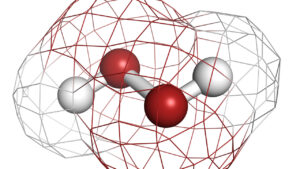
Nanoparticles Studied as a Means of Eliminating Pathogenic Biofilm

Researchers at the University of Pennsylvania (Penn) in Philadelphia have developed a novel approach to removing pathogenic biofilm in the oral cavity. While most approaches have relied on traditional antimicrobials, the Penn team used hydrogen peroxide-infused nanoparticles. Hydrogen peroxide is a natural antiseptic, and the resulting oxidation from this delivery method produces free radicals capable of degrading the biofilm matrix and eliminating caries-causing bacteria.
The study, “Nanocatalysts Promote Streptococcus Mutans Biofilm Matrix Degradation and Enhance Bacterial Killing to Suppress Dental Caries In Vivo,” published in the September issue of Biomaterials, notes the addition of hydrogen peroxide-containing nanoparticles increased lethal action 5000-fold.
The team’s testing has shown that a 1% hydrogen peroxide nanocatalyst solution is extremely effective, killing more than 99.9% of S. mutans within five minutes. In addition, the solution remains active long after treatment. Subsequent animal-model studies proved equally successful, with no adverse effects noted on the gingiva or oral soft tissue. Additional clinical studies are underway.


